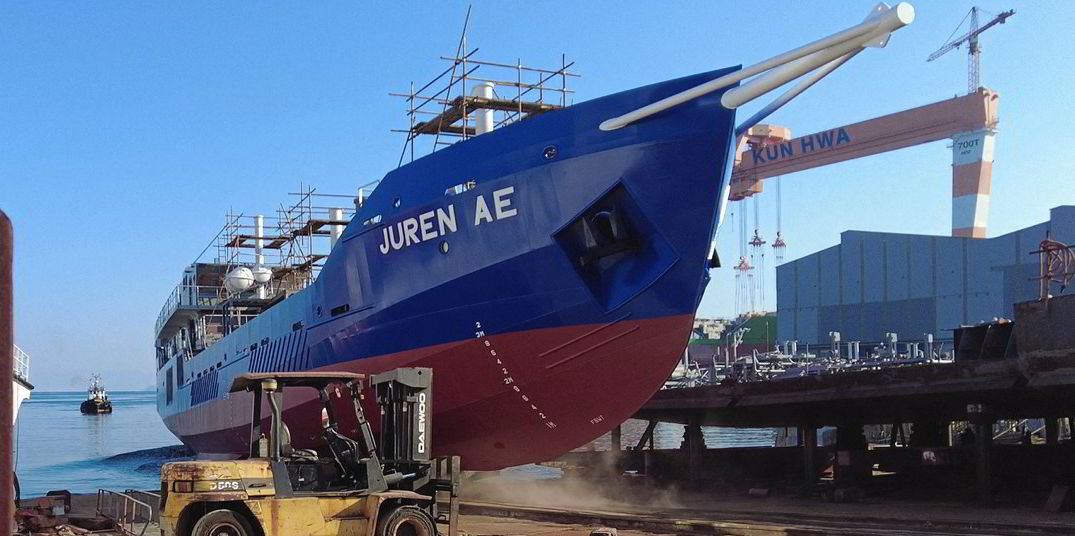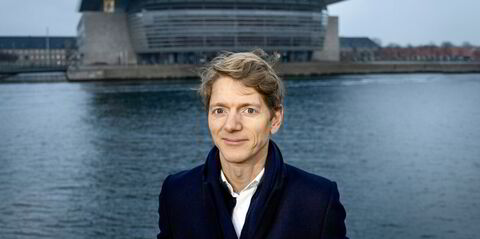The Marshall Islands are a step closer to getting a wind-powered cargo vessel newbuilding.
The 48-metre-long, 300-dwt supply vessel will be equipped with a semi-automated sail system and have the capability, when under sail power, to use its propeller as a turbine to generate electricity which can be stored in batteries.
The project partners behind the vessel see it as an opportunity to evolve solutions for developing countries that could easily be left behind as the maritime industry decarbonises.
The ship has been built and launched in South Korea with design and funding coming from a project team including the German Society for International Cooperation, GIZ.
With its launch this week, the vessel will spend time being fitted out at Asia Shipbuilding in Geoje before sailing to the Pacific in 2024, where the Republic of the Marshall Islands will be able to train crews and put the vessel into commercial service.
The vessel’s sail system has been designed by German naval designer and test basin owner HSVA, adapted from a traditional Indonesian sail design. The goal is for the vessel to achieve a service speed of approximately 12 knots under sail and around 7 knots when utilising a small onboard engine
While the propeller and engine will be used for slow-speed manoeuvring such as in port or in times of no wind, the propeller has been designed to act as a turbine to generate electricity for the ship’s electrical system via a hybrid gearbox and generator.
Enhancing sustainability
The aim is to then use locally produced biofuel, thus decoupling the vessel from international bunker prices and further improving its greenhouse gas emission profile.
Gavin Allwright from the International Windship Association said there is a need for small island developing states such as those around the Pacific to have solutions such as this that reduce these countries’ independence on bunker fuel prices.
He noted that the price of diesel or fuel oils in these regions is a significant markup of fuel prices quoted in major hubs such as Singapore, an issue that would also be true for any future fuels unless they are generated locally,
Design office KOSTEC and Asia Shipbuilding have said they aim to use the project to create a new foothold for sailing technology and low-emission shipping in the strong South Korean shipbuilding market.
The project partners are also set to develop different vessel designs and sizes as well as designs using Flettner rotors and other energy reduction or propulsion tools.




